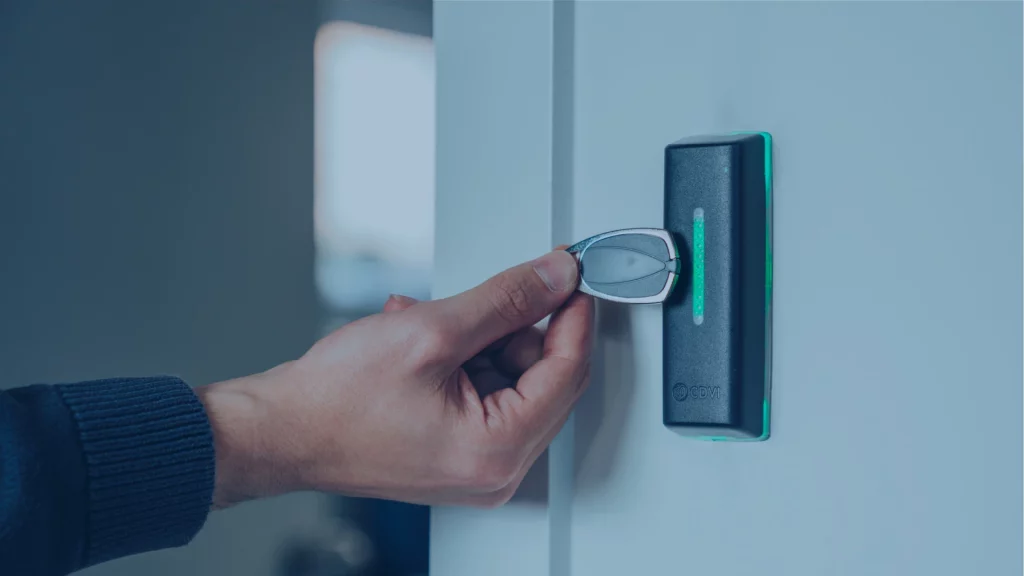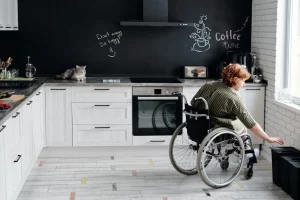In the realm of home accessibility equipment, suppliers are challenged with balancing their inventory to meet the rising demand for products like stairlifts and shower chairs. Efficient inventory management is crucial for timely delivery, enabling individuals with disabilities or mobility issues to live independently. By understanding the range of home accessibility equipment and implementing effective inventory strategies, suppliers can optimize operations, cut costs, and enhance customer satisfaction. So, how can this be achieved?
Key Takeaways
- Effective inventory management enables suppliers to stock essential home accessibility equipment, such as grab bars, stairlifts, and walk-in baths, efficiently.
- Suppliers should cater to diverse needs by stocking mobility aids, bathing solutions, and other equipment to promote independent living.
- Streamlined inventory management reduces stockouts, overstocking, and waste, leading to cost savings and improved customer satisfaction.
- Implementing chronological systems, regular inventory audits, and data analytics helps suppliers optimize inventory levels and meet customer needs timely.
- By understanding specific customer requirements, suppliers can empower individuals with disabilities or mobility issues to live comfortably and independently at home.
Common Home Accessibility Needs
Identifying common home accessibility needs is crucial for suppliers to effectively cater to the demands of their clients, as it empowers them to stock the right types of home accessibility equipment. By understanding the specific requirements of their customers, suppliers can guarantee they have the necessary products to support independent living, facilitating a sense of autonomy and comfort in the home.
Essential Equipment for Independent Living
To support individuals with mobility impairments or disabilities, suppliers should stock fundamental types of home accessibility equipment that empower independent living, including grab bars, stairlifts, and walk-in baths. These crucial items empower individuals to perform daily tasks with confidence, nurturing a sense of autonomy and independence in their own homes.
Types of Home Accessibility Equipment
Crafted to promote smooth movement, comfort, and autonomy, different kinds of home accessibility equipment cater to diverse needs, from mobility aids to adaptive bathing solutions. These types of home accessibility equipment include stairlifts, wheelchair ramps, grab bars, and shower chairs, all designed to improve independence and quality of life for individuals with disabilities or mobility issues.
Streamlining Inventory for Suppliers
Effective inventory management is crucial for home accessibility suppliers, as it empowers them to efficiently meet the diverse needs of their customers, ensuring timely delivery of vital types of home accessibility equipment. By streamlining inventory, suppliers can reduce stockouts, overstocking, and waste, ultimately leading to cost savings and improved customer satisfaction.
Effective Inventory Management Strategies
To optimize inventory management, home accessibility suppliers can utilize various strategies that help maintain a balanced stock of types of home accessibility equipment, ensuring that customers’ needs are consistently met. Implementing a chronological system, conducting regular inventory audits, and utilizing data analytics can help suppliers identify trends and adjust inventory levels accordingly.
Frequently Asked Questions
Can Home Accessibility Suppliers Offer Customized Equipment Solutions?
Absolutely, home accessibility providers can offer personalized equipment solutions, customizing products to individual needs, ensuring a perfect fit for each client, and enhancing their overall quality of life with tailored accessibility solutions.
How Often Should Suppliers Conduct Inventory Audits for Accuracy?
To guarantee accuracy and efficiency, home accessibility suppliers should conduct inventory audits quarterly, or at a minimum, bi-annually, to identify discrepancies, optimize stock levels, and maintain seamless operations.
Are There Any Government Incentives for Home Accessibility Suppliers?
Yes, various government incentives exist for home accessibility suppliers, such as tax breaks, funding, and discounts, which can help offset the costs of inventory management and improve the affordability of accessibility equipment for individuals in need.
Can Suppliers Integrate Inventory Management With Existing Software Systems?
Suppliers can seamlessly integrate inventory management with existing software systems, utilizing APIs, cloud-based solutions, or third-party integrations, ensuring a streamlined and efficient inventory management process that improves operational efficiency and customer satisfaction.
What Kind of Training Is Required for Staff Handling Accessibility Equipment?
Staff handling accessibility equipment requires thorough training on product features, safety protocols, and customer needs, ensuring they can effectively assist clients, troubleshoot issues, and provide exceptional customer service.
Conclusion
Optimized inventory management is vital for home accessibility suppliers to guarantee timely delivery of necessary equipment. By implementing effective strategies, suppliers can maintain a balanced stock, reduce costs, and improve customer satisfaction. This, in turn, empowers individuals with disabilities or mobility issues to access required equipment, promoting independence and comfort in their homes. Effective inventory management is important for bridging the gap between supply and demand, ultimately enhancing the quality of life for individuals with diverse needs.
Also read: First-Time Homebuyer Tips for Business Savvy Investors


